How to Work with Animals in Film

Who doesn’t love animals in film? Whether to delight or to scare, animals have played some of the most iconic roles. Where would we be without Lassie or Airbud? Or the nameless horde in Birds?
So let’s say your script includes animals. You can’t expect them to act like your human actors and likewise can’t expect to treat them as such. The rules surrounding animal performers can seem daunting at first, but this guide will break filming with animals down into a manageable process.
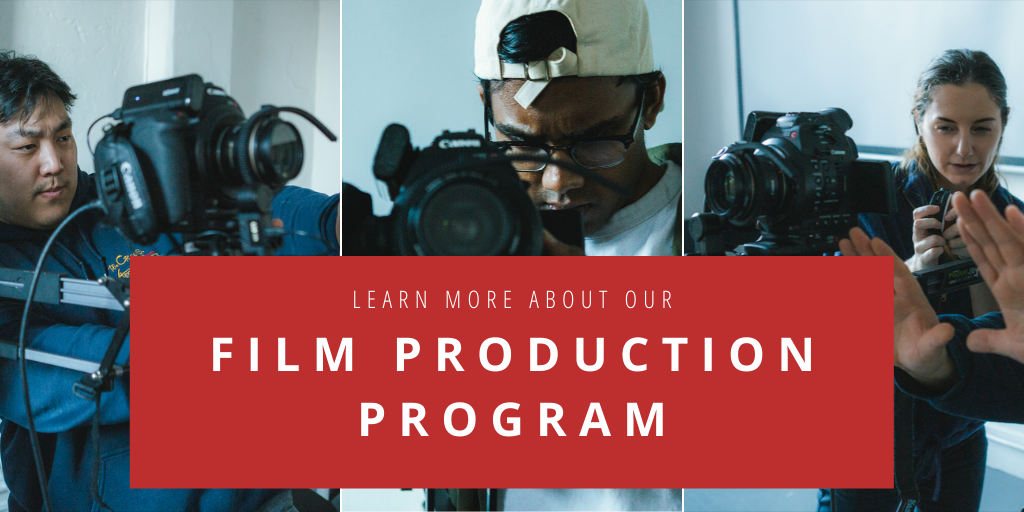
Click here to learn more about InFocus Film School’s Film Production Program!
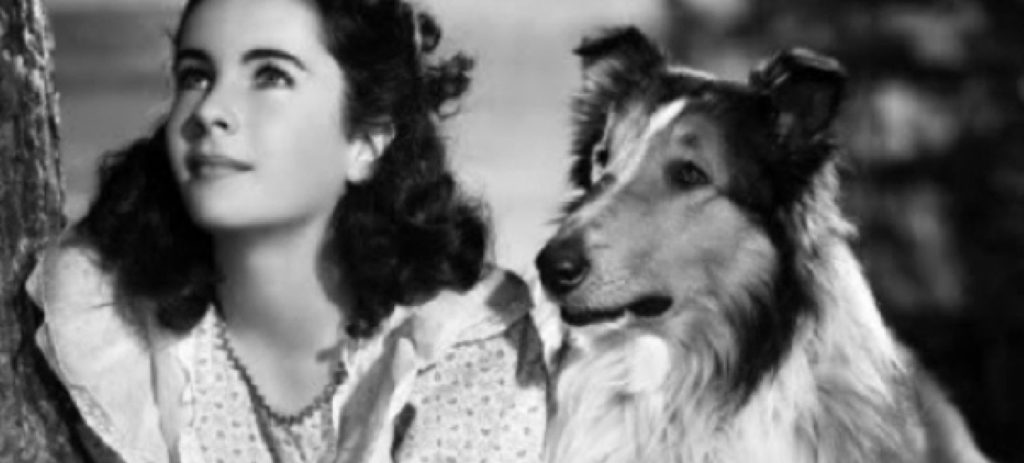
Lassie (1954)
BEFORE YOU WORK WITH ANIMALS IN FILM, ASK YOURSELF THIS
If you have a scene with a potentially dangerous animal (the black mamba on Snakes in a Plane, the tiger in Life of Pi, the bear in The Revenant) then always ask yourself this first:
Does it have to be a real animal?
Wild or exotic animals are often difficult to source or work with and are an additional risk to the crew and/or performers.
And why risk it when advancements in visual effects (VFX) have made real animals entirely unnecessary?
But let’s say you’re dead set on using real animals. The next challenge then is achieving your vision both safely and ethically.
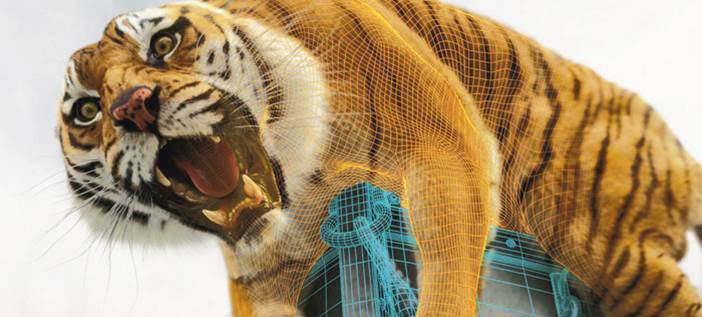
Life of Pi (2012)
THE THREE GOLDEN RULES
Golden Rule #1:
All animals must not be harmed and must be treated humanely in the making of film and television.
Golden Rule #2:
All animals are considered “performers” (not props—even if supplied by the Prop Department).
Additionally, “animals” refers to all sentient beings, including insects, reptiles, arachnids, etc. You can squash a fly at home, but that doesn’t make it okay in filmmaking!
Golden Rule #2 applies to all animals on set, including those used off-camera to elicit certain behaviours from the animal performers.
Golden Rule #3:
Be familiar with all the regulations, resources and organisations that affects filming with animals in your area (see links below).

Harry Potter and the Philosopher’s Stone (2001)
LEVELS OF STANDARDS
Level 1 – The “Bear” Minimum:
Legally, you must follow all provincial and federal anti-cruelty legislation appropriate to the country and region you’re filming in (see below for BC). This is why you may have seen animals harmed in films shot in locations where anti-cruelty legislation may not exist (e.g. Apocalypse Now)
Level 2 – Due Doggone Diligence:
Follow guidelines and advice from ActSafe BC and SPCA
These organisations will provide additional guidelines, protocols and advice to ensure due diligence in safety and ethical treatment of your animal performers.
Level 3 – No Animals Were Harmed:
American Humane Society is the only organization legally entitled to award the copyrighted rider “No animals were harmed...” regardless of where you’re shooting in the world. Their guidelines and protocols require a high standard of care and attention. A representative may be present on set to ensure certain scenes follow their standards. It isn’t free, but it can be worth it for certain films (like films where family rating is important).
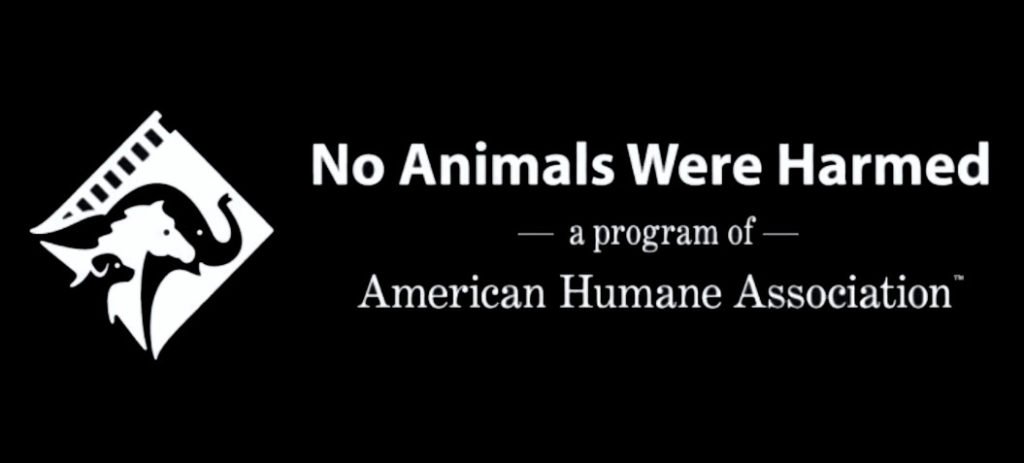
You’re probably aware that people get passionate about the well-being of animals—don’t underestimate this fact! Your crew and cast can have strong feelings and might report any behaviour they consider abusive. This can result in a visit from the police or SPCA during filming.
And don’t forget your audience! Viewers might question how you achieved a scene of “apparent” cruelty; make sure to record how these scenes were filmed to avoid unwarranted controversy when the project is released.
A Dog’s Purpose (2017) faced many setbacks when the controversial video below surfaced online. (Animal cruelty accusations have since been debunked and the video deemed edited to mischaracterize the events.)
YOUR DETAILED CHECKLIST
Trainers & Handlers:
Once you know you have animals in your script, hire a qualified animal handler with the correct specialization. A horse handler is useless for snakes!
Work with union handlers if you can. Union handlers are deemed experts in their specific areas by the industry, so you can trust they’re “qualified.” Otherwise, you’ll have to exercise due diligence yourself and scrutinize who you’re hiring. Do they have expertise? Do they have a good track record?
Handlers are responsible for getting the correct permits and being aware of all other legalities surrounding the use of their animals in film.
Meetings and training:
Meet with your animal experts early in pre-production to determine how to safely and responsibly film your animal scenes and actions. Training for this can take weeks (or even months), so make sure to allow enough lead time!
Bring reference materials to meetings as discussion points. Remember, not everyone has the same knowledge and vocabulary. Does your whole team know the difference between bucking and rearing? Galloping and cantering? Visuals help lay out a common language. Action clips similar to what you want to achieve is useful for keeping everyone on the same page.
Set check in points throughout the training to make sure everything is going smoothly. If it isn’t, then you have time to recalibrate.
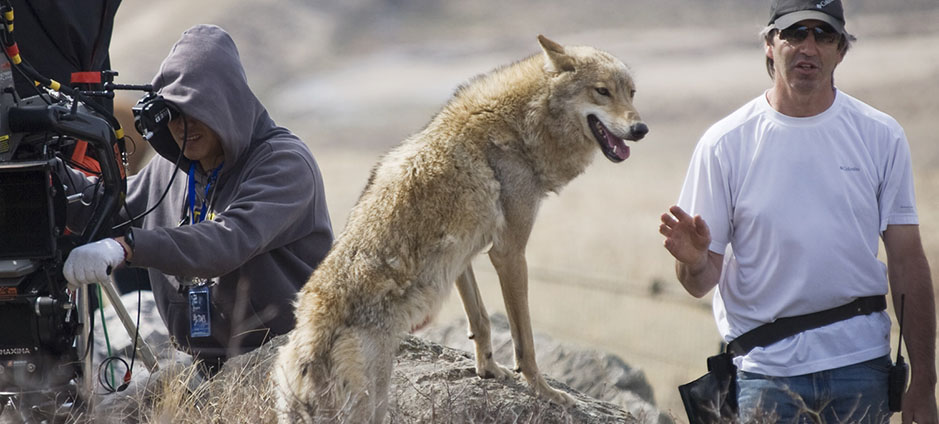
Written protocols:
Develop protocols to share with any authorities, crew, cast, and publicity department. When filming, these protocols will be attached to the call sheets and used in set safety meetings before the animal action.
Adequate facilities:
You must provide adequate facilities, which include transport, holding, and performance areas, as well as correct food, water, bedding, rest areas, and separation of any animals that might be aggressive towards the others.
Location suitability:
Make sure your location is safe for your animal performances—no quicksand, debris, low hanging branches, obstacles etc. Your handler should have thoroughly walked through it.

Animal condition:
Make sure your animals are in appropriate condition for the type of action you require. For example, don’t use pregnant cows for a stampede!
You should also know how much exertion the animals can take. Racehorses, for example, can only do a limited number of circuits around the track. If you need more shots/takes than the horses can safely provide, consider using doubles or working in scheduling solutions.
Veterinary attendance:
Your handler should inform you if you need a vet on set for certain scenes (e.g. stampede, rodeo, racing scenes etc.)
Familiarize performers with each other:
Animals need to feel comfortable with their surroundings and with others even more so than your human actors.
Have your cast get familiar with the animals they’ll be working with. Start quietly off set, and then build up to rehearsing on location. Also know if your actors have allergies or fears ahead of the shoot day!
Closed Set:
Expose your animals to minimal personnel. Contact with them should be limited to professional reasons only (no petting or playing, as tempting as it is).

Unless it’s your job to pet and play with the animals. Loophole!
Triggers:
Do not allow perfumes, alcohol and other distracting odours on set when animals are present (strangely, this can include menstruation). Smells can affect an animal’s behaviour and sometimes provoke dangerous reactions.
Follow any instructions from your handler about potential triggers and give your crew/cast enough notice to comply.
Documentation:
As said earlier, keep a detailed record of how you achieved scenes of simulated cruelty. This way, your producers (or the AHA) can easily address audience concerns when the project is released.
These records can include CGI footage and receipts and photographs for taxidermy, puppets, robotics or carcasses/animal parts from slaughterhouse etc. Don’t forget to plan for proper hygienic handling and disposal of animal carcasses/parts!
Wildlife:
Make sure your animal performers are safe from any wildlife in your shooting location. Talk to your local Wildlife department if this could be problematic. They can help with solutions.

Bear meets Matt Damon on the set of We Bought a Zoo (2011)
Using animals in film can get tricky. Always ask yourself if real animal performances are a must. If you decide they are, make sure to be knowledgeable of your responsibilities and the realities of (pre-)production. Hopefully, this guide has given you a good idea of what to expect. For further reading, check out the resources below.
Resources:
FACTSHEET: Animal Welfare in British Columbia
American Humane Society Guidelines
More on Best Practices & Safety in Film Production:
How to Work with Child Actors On Set
Violence & Weapons Safety for Films
The Beginner’s Guide to Working as an Extra
Tips & Tricks for Setting Background





